
Forensic Toxicology
There are many ways for a homicide and poisoning someone with a toxic agent seemed to be a perfect way to take a life without getting caught, it worked because there were no visible signs of a murder, which until 1840, the birth of forensic toxicology.
In the first case of forensic toxicology, a woman was caught by detecting small doses of arsenic in the collected evidence and in the body of the victim.
 Marie Lafarge (Born, Marie Capelle) was a woman wanting to marry a wealthy man, married with Charles Lafarge who went into bankruptcy after the French revolution but lied to Marie about his situation. Marie, who was promised wealth, was soon faced with a pile of debts. She asked her husband to release her from the marriage but was denied with a promise to raise more money. When her husband Charles went for a business trip to Paris, Marie wrote him letters and sent a Christmas cake when the season arrived. After eating a bit from the cake, Charles fell ill and threw the cake thinking it got bad in the mail and when returned home the family physician diagnosed him with cholera and he was not suspicious when Marie asked for a prescription of arsenic for the rats that disturbed her husband during the nights.
Marie Lafarge (Born, Marie Capelle) was a woman wanting to marry a wealthy man, married with Charles Lafarge who went into bankruptcy after the French revolution but lied to Marie about his situation. Marie, who was promised wealth, was soon faced with a pile of debts. She asked her husband to release her from the marriage but was denied with a promise to raise more money. When her husband Charles went for a business trip to Paris, Marie wrote him letters and sent a Christmas cake when the season arrived. After eating a bit from the cake, Charles fell ill and threw the cake thinking it got bad in the mail and when returned home the family physician diagnosed him with cholera and he was not suspicious when Marie asked for a prescription of arsenic for the rats that disturbed her husband during the nights.
After acquiring the arsenic, Marie started to poison Charles’ with small doses of arsenic in his tea, killing her husband within a month. In one of the visits from his family, one of Charles’ relatives got suspicious when she saw Marie mixing a “strange white powder” in her husband’s foods and drinks. After Charles’ death, the family went to the police and explained the situation and their suspicion.
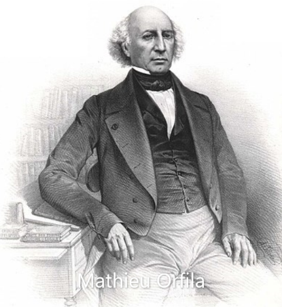
When police ran tests on a food item that was suspected of having poison in it, they found small amounts of arsenic in it. Although arsenic was found in the food, none could be found in the body upon this the court asked Mathieu Orfila, the father of toxicology, to help with the case. Orfila discovered that the test (Marsh Test) was done incorrectly and in fact, there was arsenic in the body. Marie was found guilty and sentenced to life in prison.
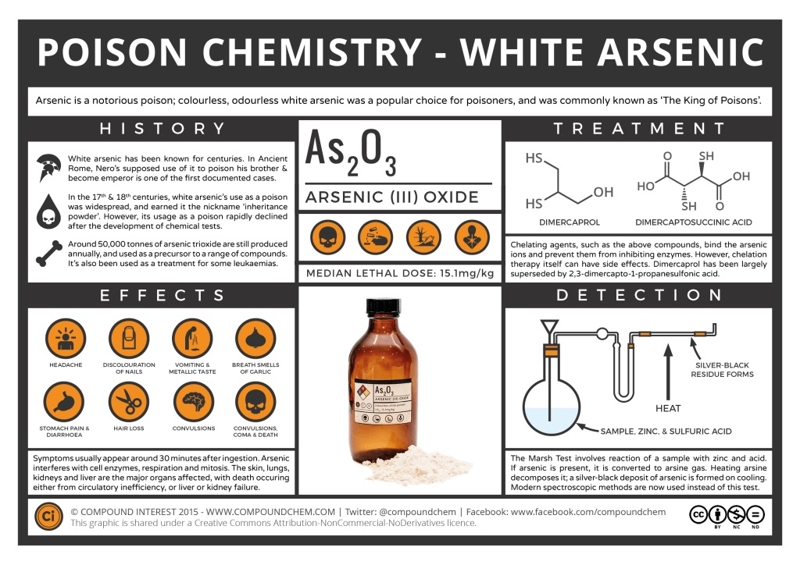
As I mentioned in the Marie Lafarge case, toxicology existed before this case and was established with the chemist and father of toxicology, Mathieu Orfila. Orfila published the first complete work of poisons (Traite Des Poison) in 1813. In the 1830’s British chemist James Marsh found a method to detect arsenic in the body and the method got to known as the Marsh Test.
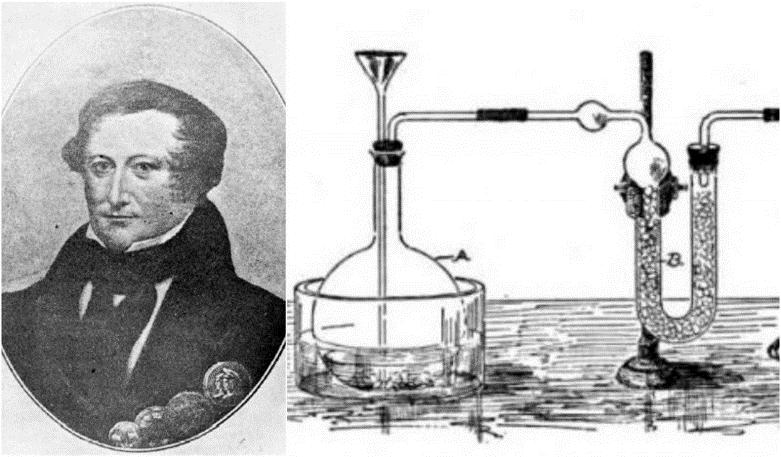
Here we see a good example of the fast-adapting evolution of forensics. In the articles that we published in this blog, we have always mentioned the forensic field being technology hungry. With the discovery of the Marsh test in the 1830s the forensic field started to utilize it almost immediately, just like in the field of forensic photography.
Forensic toxicology has three main objectives when presented with a case;
- Establishing the presence of toxins with the capability of causing or contributing to death.
- Establishing the presence of toxins with the capability of causing behavioral changes.
- Establishing the presence of substances and detecting if these substances were used directly or by exposure.
Although we are primarily focused on post-mortem toxicology in this article, forensic toxicology is not only utilized in homicide/suicide/suspicious death cases, we see the works of forensic toxicology quite often in our daily lives, in a random police traffic stop to find drivers who drive under the influence by using breath alcohol analyzers, in sports to detect “doping” that are used to improve performance or in therapeutic drug monitoring and emergency clinical toxicology, in a random drug test made by government facilities to follow up the workers.
When we delve into post-mortem examinations, we have to understand;
- In which cases forensic toxicology is utilized?
- What specimens can be collected and why?
- In the cases of a suspected drug overdose, If the drug was taken in excessive dose? If so, did it contribute to death? If a drug was actually taken? If the concentration was capable of causing death?
- If there was a toxin/drug present in a case where the police report does not mention drug or toxin use?
- In a case of death natural disease, If the correct medication was used if the medication was used incorrect amounts, or if the medication was used at all?
In which cases forensic toxicology is utilized?
- Suicides
- Homicides
- Suspicious deaths
- Motor vehicle accidents
- Industrial accidents
- Drug-related deaths
- Occupational exposures
- Heavy metal poisoning
- Exposure to poisons
What specimens can be collected?
- Gastric contents
- Blood
- Urine
- Bile
- Vitreous humor
- Bone and bone marrow
- Liver
- Kidney
- Hair
- Nails
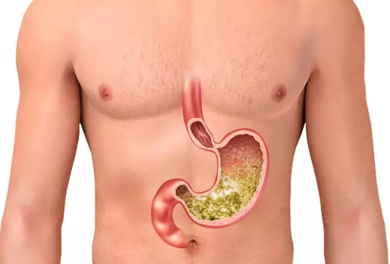 Gastric contents: Gastric contents or stomach contents are collected because drugs and other toxins can often be ingested. It can give the coroner a wide variety of information regarding death, as an example; if the death was from ingesting a substance that the patient was allergic to and combining this with acute reaction and asphyxiation findings or in the cases of acute poisoning or potential overdose, high concentrations of the toxins can be found in the gastric content depending on how much time passed between ingestion and the death, undigested tablets or capsules can be found and this can make the substance identification process a lot faster.
Gastric contents: Gastric contents or stomach contents are collected because drugs and other toxins can often be ingested. It can give the coroner a wide variety of information regarding death, as an example; if the death was from ingesting a substance that the patient was allergic to and combining this with acute reaction and asphyxiation findings or in the cases of acute poisoning or potential overdose, high concentrations of the toxins can be found in the gastric content depending on how much time passed between ingestion and the death, undigested tablets or capsules can be found and this can make the substance identification process a lot faster.
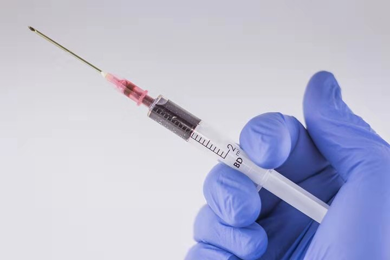 Blood: Blood is the main specimen to detect, identify, quantify and interpret the drugs and toxins that were in the body before death. The quantifying part has crucial importance since the concentration of drugs and toxins are useful to establish the time of ingestion and the effect of the drug at the time of death. Post-mortem blood can present many problems because the concentration of some materials can shift from one place to another in the body, as an example, the potassium concentration will increase after death and can be a complicating factor if the death was caused by increased potassium levels. Cases involving hospital treatment before death have a different approach to them because any treatment given can change the results of toxicology tests so blood samples taken after admission and immediately before death should be investigated and compared with the post-mortem toxicology results.
Blood: Blood is the main specimen to detect, identify, quantify and interpret the drugs and toxins that were in the body before death. The quantifying part has crucial importance since the concentration of drugs and toxins are useful to establish the time of ingestion and the effect of the drug at the time of death. Post-mortem blood can present many problems because the concentration of some materials can shift from one place to another in the body, as an example, the potassium concentration will increase after death and can be a complicating factor if the death was caused by increased potassium levels. Cases involving hospital treatment before death have a different approach to them because any treatment given can change the results of toxicology tests so blood samples taken after admission and immediately before death should be investigated and compared with the post-mortem toxicology results.
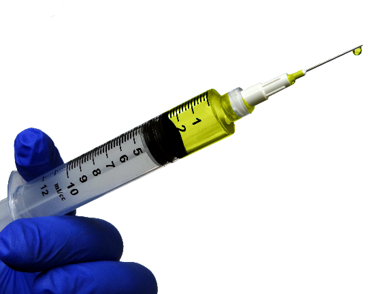
Urine: Urine might be the most common specimen used for drug/toxin testing in a workplace but it’s not always easily available in post-mortem cases. The pharmacokinetics of each drug/toxin is different and urine tests do not directly correlate to the drug effects at the time of death but it is a good source of information about if a drug was taken or not because it shows us a sign that the substance was in the blood at an earlier time.
Vitreous Humour: Eyes are filled with a clear gel-like substance called vitreous humor and are very useful to analyze it for a range of drugs and alcohol.
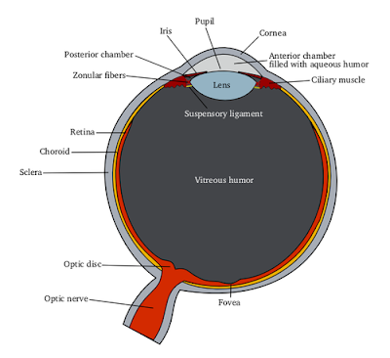
Liver: The liver is a solid organ and solid organ specimens are also collected in the autopsy and it is the primary tissue to be collected for forensic toxicology because it is the organ where the body metabolizes most of the toxins, drugs, and medications. Many drugs can be concentrated in the liver and can be detected even there are no findings in the blood or urine.
Kidney: The kidney is one of the organs where some medications and drugs are metabolized and the filtration organ for blood, kidney specimens can give information about a drug or medication that is metabolized by it.
Hair: Hair can be subject to external contamination and the external contamination can decrease the value of the findings. Hair specimens can be used to investigate the use of drugs like amphetamines, opioids, cannabinoids, and alcohol, it can give us information about if the deceased was drinking heavily in the last months of his/her life. Hair can also be used as a specimen to test for heavy metal exposures and certain occupational substance exposures.
Nails: Nail specimens are not widely used for toxin investigation because of the amount of knowledge regarding how nails process toxins are very limited, interpretation of the results is rather difficult.
These specimens are tested and interpreted by toxicologists using the information received about the case with specialized analytical techniques. There are certain substances that are included in the routine post-mortem toxicology workup but other drugs can be requested for testing if there are other suspicions. In the table below, there are some examples of the most commonly requested substances (The list can change from time to time regarding incidences and locations. As an example; In the time period when there was a drug “outbreak” called Flakka (alpha-Pyyrolidinopentiophenone), a synthetic cathinone that has psychoactive and stimulant effects and was requested frequently after the Miami incidents, it was frequently requested in the region but not from other regions/countries.)
|
What substances are included in post-mortem toxicology in the routine workup? |
Which substances are not included in the routine post-mortem toxicology but most commonly requested by investigators? |
|
Ethanol and its metabolite, Methanol. Acetone to test the existence of possible ketoacidosis. |
Lysergic acid diethylamide (LSD) |
|
Acetaminophen (Paracetamol) |
Gamma-Hydroxybutyrate (GHB) |
|
Tramadol |
Carbon monoxide |
|
Salicylic acids |
Cyanide |
|
Antihistamines |
Herbicides and Pesticides |
|
Antipsychotics |
Metals and Heavy metals |
|
Antidepressants such as Tricyclics, SSRIs and Benzodiazepines. |
Anti-arrhythmia medications such as Digoxin |
|
Tropane alkaloids such as Cocaine and its metabolites. |
Synthetic Cathinones, such as alpha-pyrrolidinopentiphenone (Flakka) |
|
Cannabinoids, THC and its metabolites. |
Synthetic Cannabinoids |
|
Stimulants such as amphetamine, methamphetamine, MDMA, ephedrine and caffeine. |
Certain CNS (Central Nervous System) depressants such as Phenobarbital, Butalbital and other barbiturates. |
|
Opioids such as codeine, methadone, morphine and heroin. |
Convulsion and Epilepsy medications, anticonvulsants. |
Immunoassays are the most commonly used screening tests, they work by using antibodies and detecting a reaction with specific substances, they give the toxicologists information about whether the targeted substance is found in the specimen with a positive or negative result. These results can be false or true and it is an important aspect in the interpretation of the results. The results that give a positive value are then confirmed with Chromatography and Mass Spectrometry.
|
True Positive: |
The test correctly detected the substance. |
|
False Positive: |
Test incorrectly detected the substance, the substance is not present in the body or there can be a cross-reaction with another substance or there can be contamination. |
|
True Negative: |
The test correctly confirms the absence of the substance. |
|
False Negative: |
Test failed to detect the presence of the substance. |
Chromatographic techniques such as High-performance liquid chromatography or Gas chromatography combined with mass spectrometry (HPLC-MS & GC-MS) can also be used, these techniques can provide proof of unknown substances and are becoming increasingly popular in forensic toxicology. Chromatographic tests can also give the quantification of a said substance which is needed for correct interpretation of the findings.
After the interpretations and the values collected from the forensic toxicologists, the pathologist/coroner combines all information that are collected from the autopsy, medical history, known condition of the deceased and relevant evidence to get to a conclusion for the final report with the cause and manner of death.
